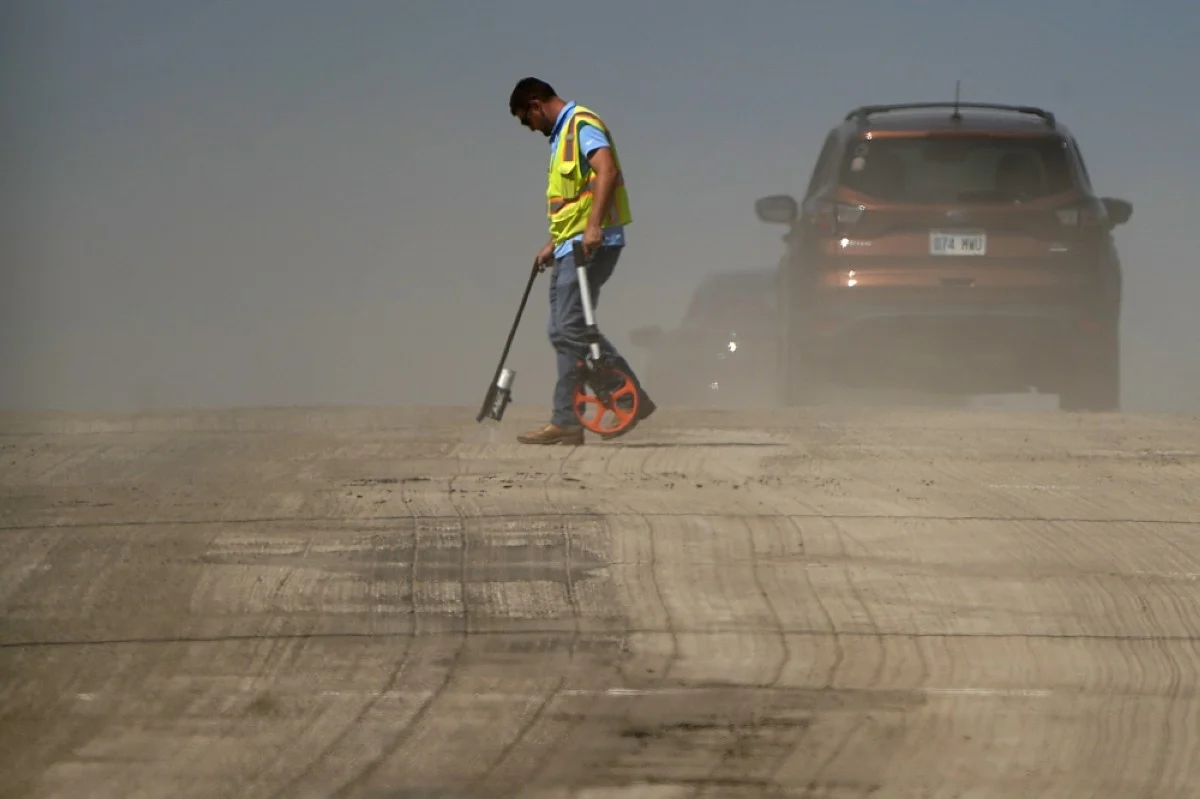27/08/2024
27/08/2024

FALCON HEIGHTS, Minn, Aug 27, (AP): It's been a wild week of weather in many parts of the United States, from heat waves to snowstorms to flash floods. Here's a look at some of the weather events: Millions of people in the Midwest have been enduring dangerous heat and humidity. An emergency medicine physician treating Minnesota State Fair-goers for heat illnesses saw firefighters cut rings off two people's swollen fingers Monday in hot weather that combined with humidity made it feel well over 100 degrees Fahrenheit (37.7 degrees Celsius).
Soaring late summer temperatures also prompted some Midwestern schools to let out early or cancel sports practices. The National Weather Service issued heat warnings or advisories across Minnesota, Iowa, South Dakota, Illinois, Kansas, Missouri, Nebraska, Wisconsin and Oklahoma. Several cities including Chicago opened cooling centers. Forecasters said Tuesday also will be scorching hot for areas of the Midwest before the heat wave shifts to the south and east. An unusually cold storm on the mountain peaks along the West Coast late last week brought a hint of winter in August.
The system dropped out of the Gulf of Alaska, down through the Pacific Northwest and into California. Mount Rainier, southeast of Seattle, got a high-elevation dusting, as did central Oregon’s Mt Bachelor resort. Mount Shasta, the Cascade Range volcano that rises to 14,163 feet (4,317 meters) above far northern California, wore a white blanket after the storm clouds passed. The mountain’s Helen Lake, which sits at 10,400 feet (3,170 meters) received about half a foot of snow (15 centimeters), and there were greater amounts at higher elevations, according to the U.S. Forest Service’s Shasta Ranger Station.


